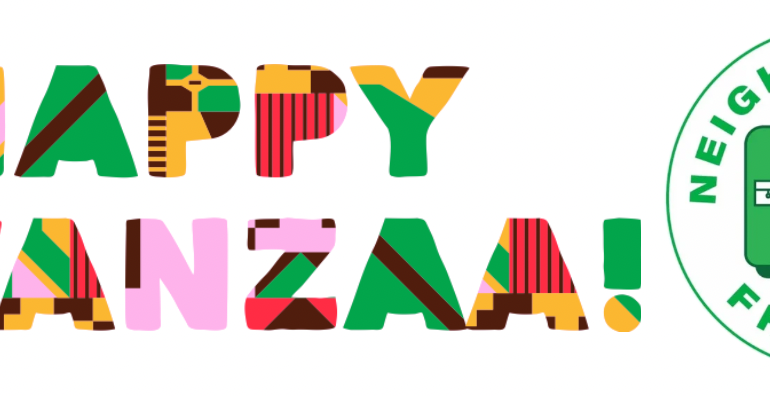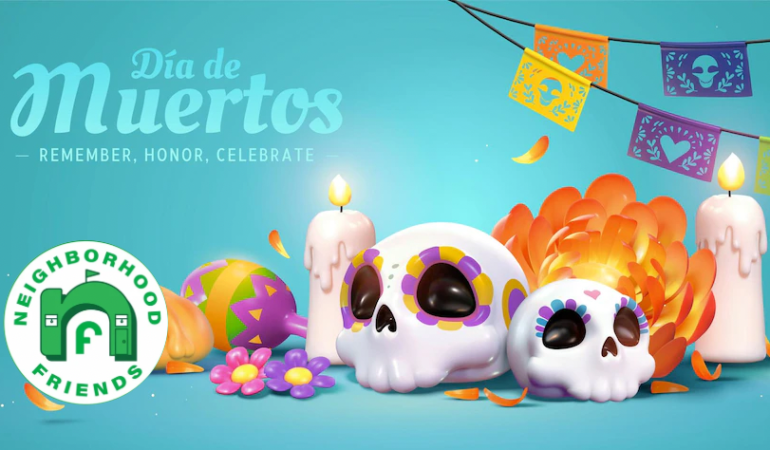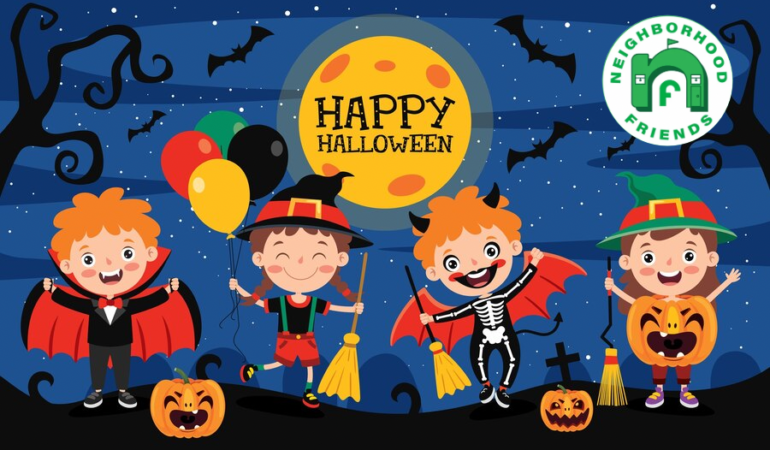Three Kings’ Day is a celebration that takes place in different parts of the world to commemorate the arrival of the Three Wise Men to Bethlehem. This holiday, which is […]
Blogs
- by Adminneigh
Kwanzaa 2023
Created by activist and writer Maulana Karenga in 1966, the Kwanzaa is a holiday celebrated by some African Americans from December 26 to January 1. The name of the festival […]
- by Adminneigh
Curiosities that you may not have known about Christmas
Although there are many Grinch around the world, Christmas is one of the most anticipated celebrations and the one that hides the most secrets and interesting facts. For this reason, […]
- by Adminneigh
HAPPY THANKSGIVING
Thanksgiving Day is a very special holiday celebrated in the United States and Canada. It is a day when families gather to give thanks for all the blessings and harvests […]
- by Adminneigh
The festival DIWALI 💜
Diwali, also known as Deepavali, is one of the most important and colorful festivals celebrated by the Hindu community. This annual holiday, which takes place in the fall, illuminates hearts […]
- by Adminneigh
VETERANS DAY🇺🇸
Veterans Day is a very important celebration in the United States. On this day, all the brave men and women who have served in the country’s armed forces are honored […]
- by Adminneigh
The Tradition of Día De Los Muertos: Honoring Our Loved Ones
Welcome to Neighborhood Friends, where we celebrate cultural traditions and promote learning through play. On this occasion, we want to share with you the beautiful Mexican tradition of the Day […]
- by Adminneigh
HALLOWEEN🎃
Halloween becomes a truly magical experience! At Neighborhood Friends, a place full of laughter, learning and fun, we celebrate this holiday in a unique and special way. At our daycare, […]
- by Adminneigh
Columbus Day 2023
Observe Columbus Day Some Americans celebrate the anniversary of the discovery of their country with church services and other activities. In some towns and cities, special church services, parades and […]
- by Adminneigh
Welcome Autumn 2023
Fall in the United States is a fascinating season that brings with it a beautiful palette of colors, cooler temperatures, and plenty of exciting activities to enjoy outdoors. In this […]





